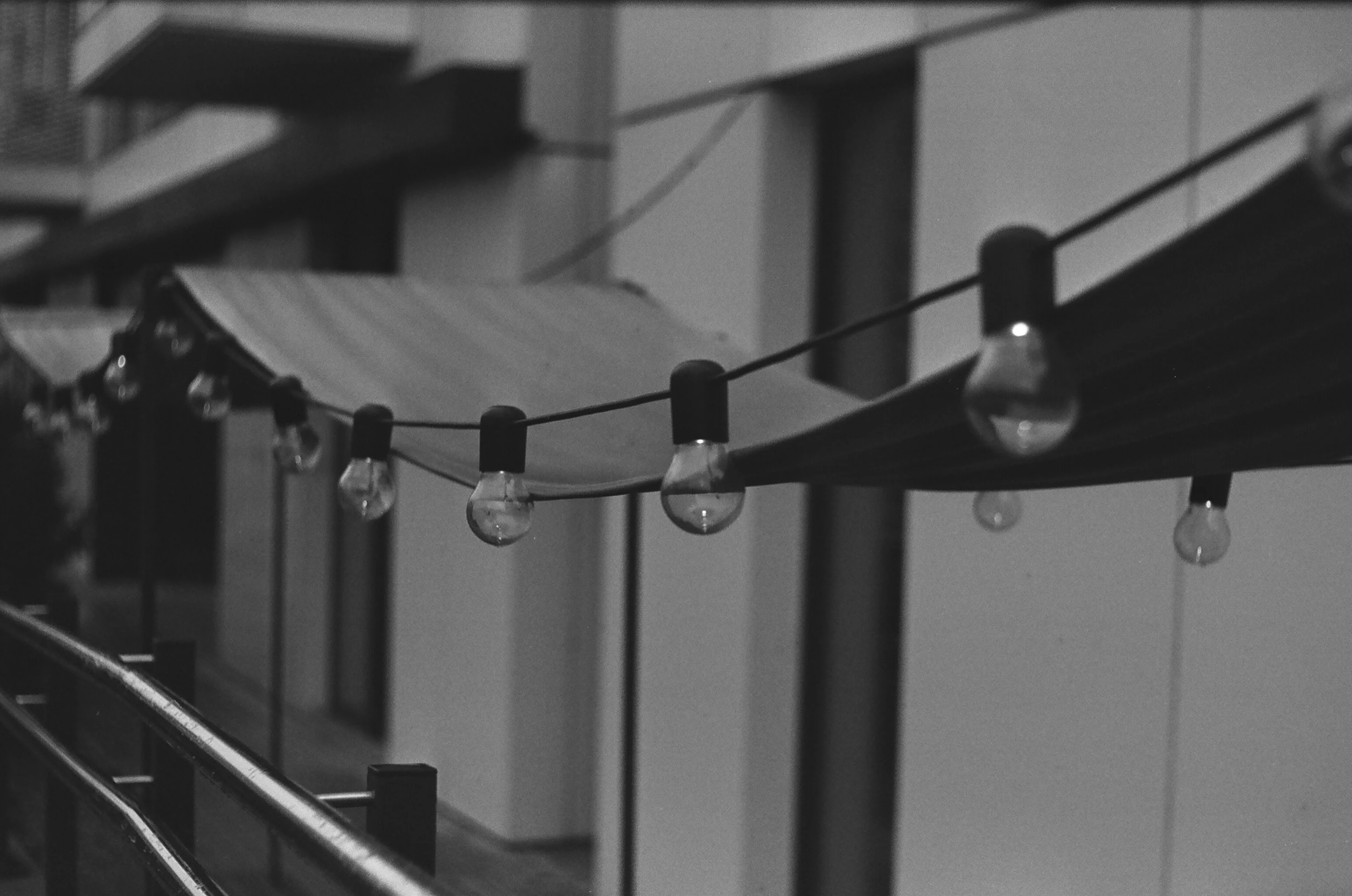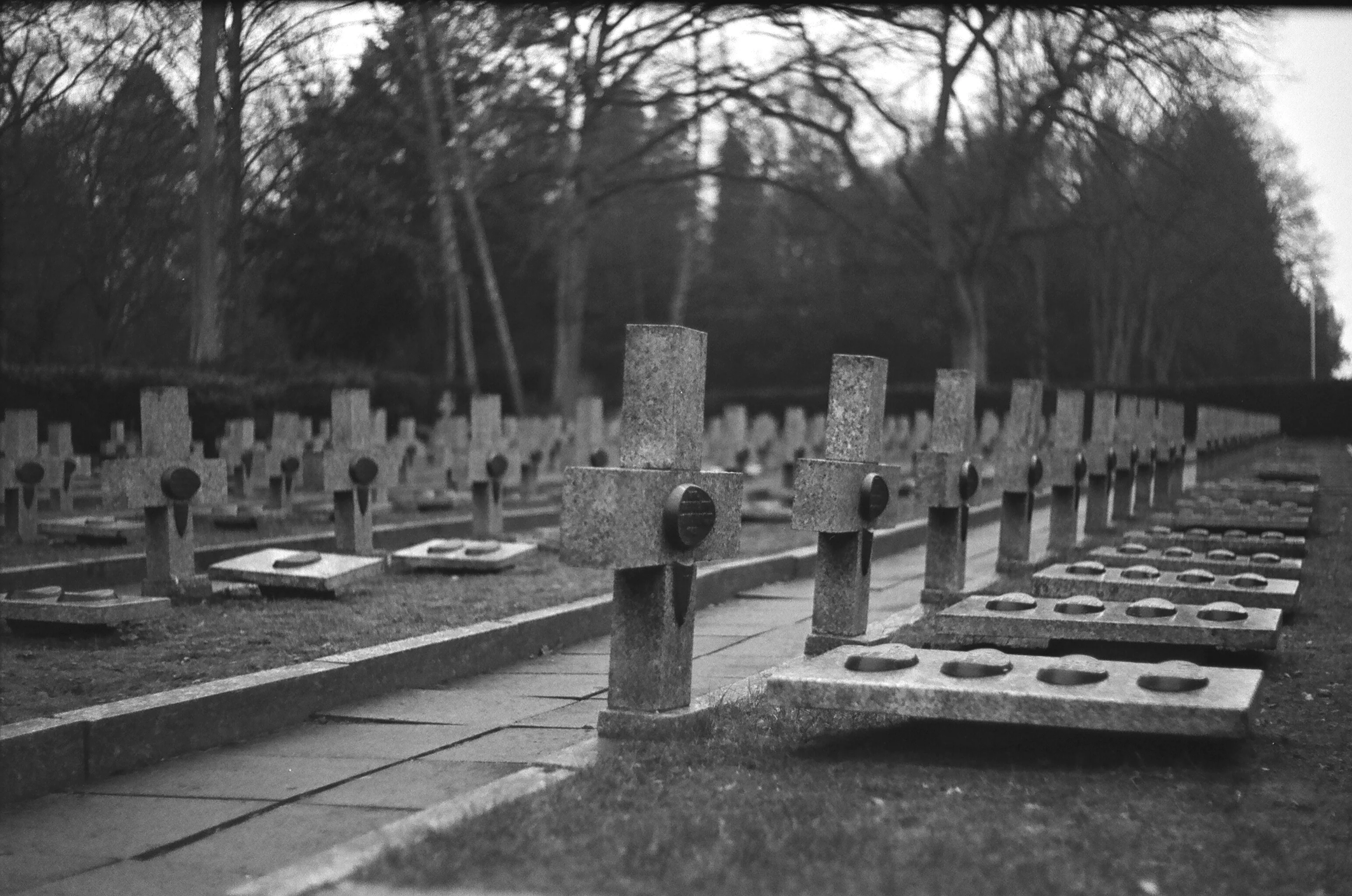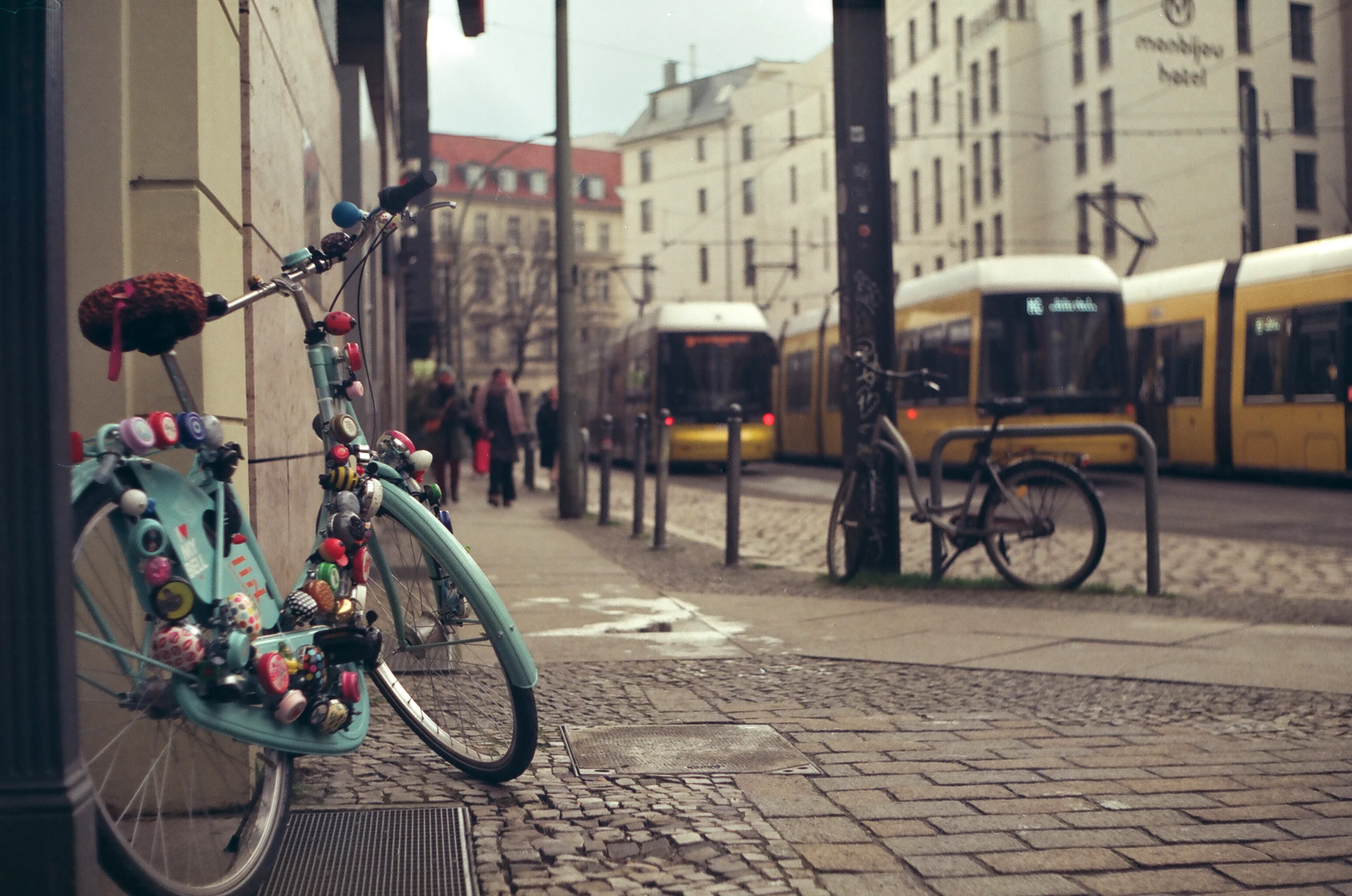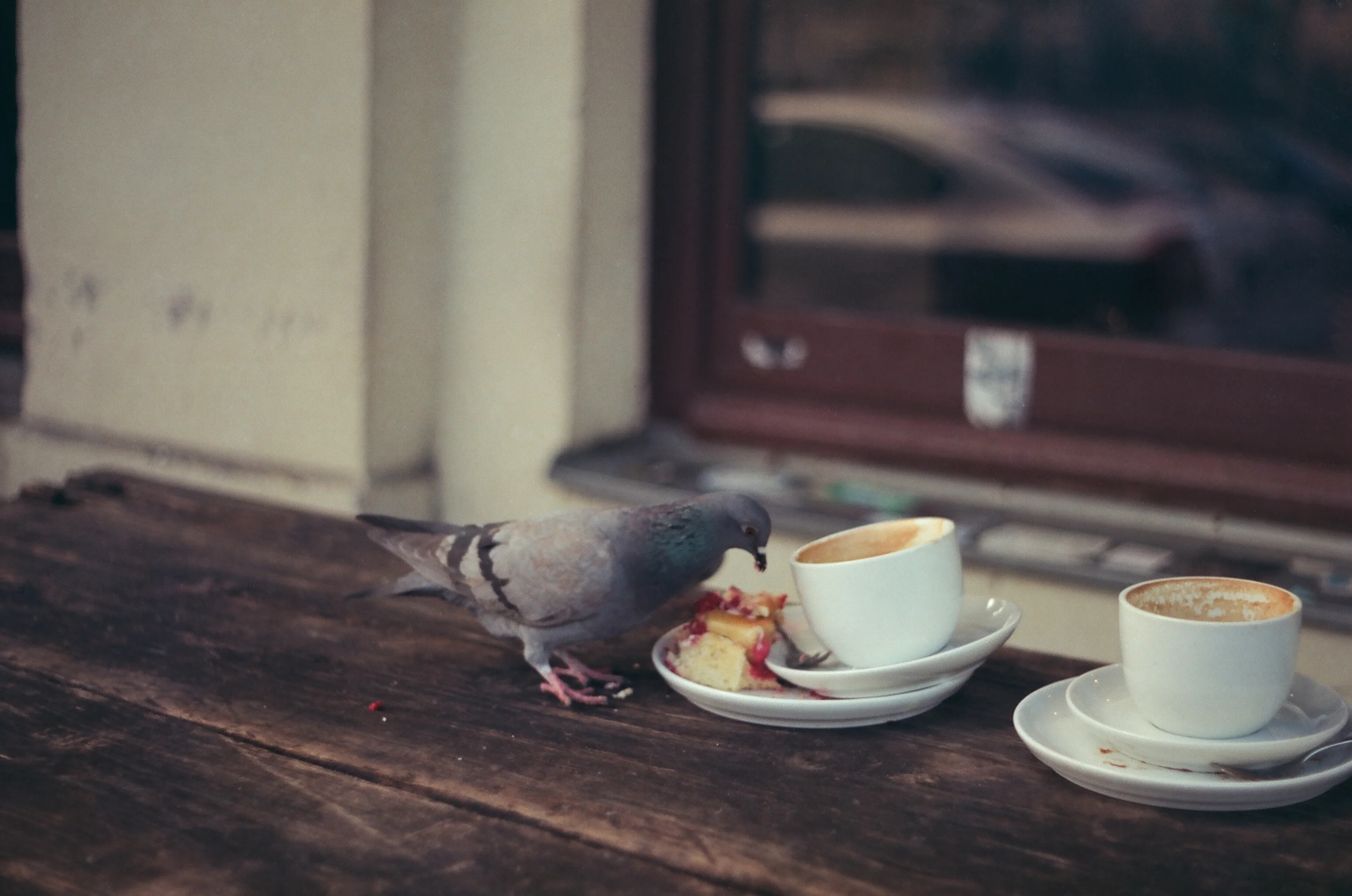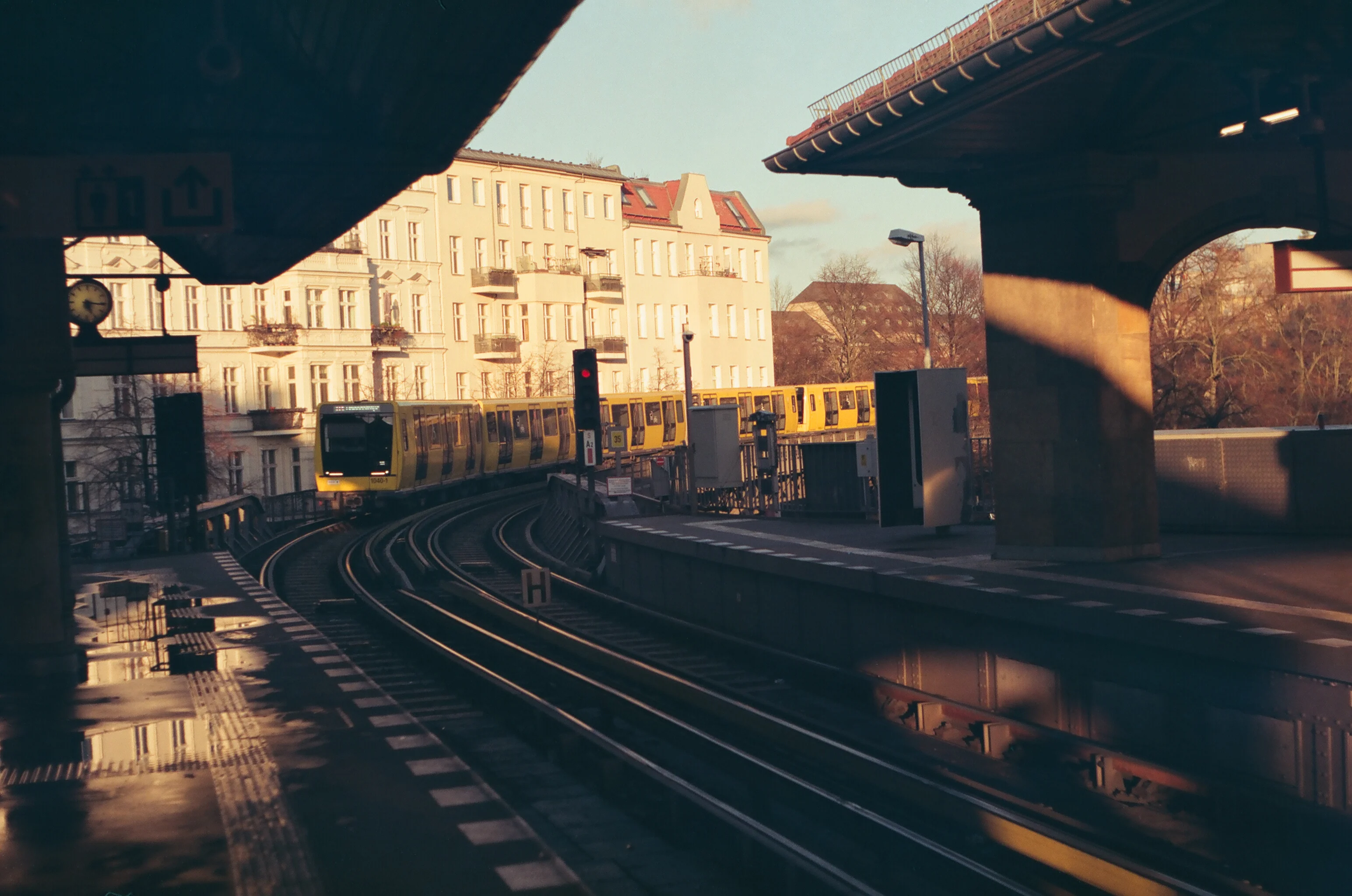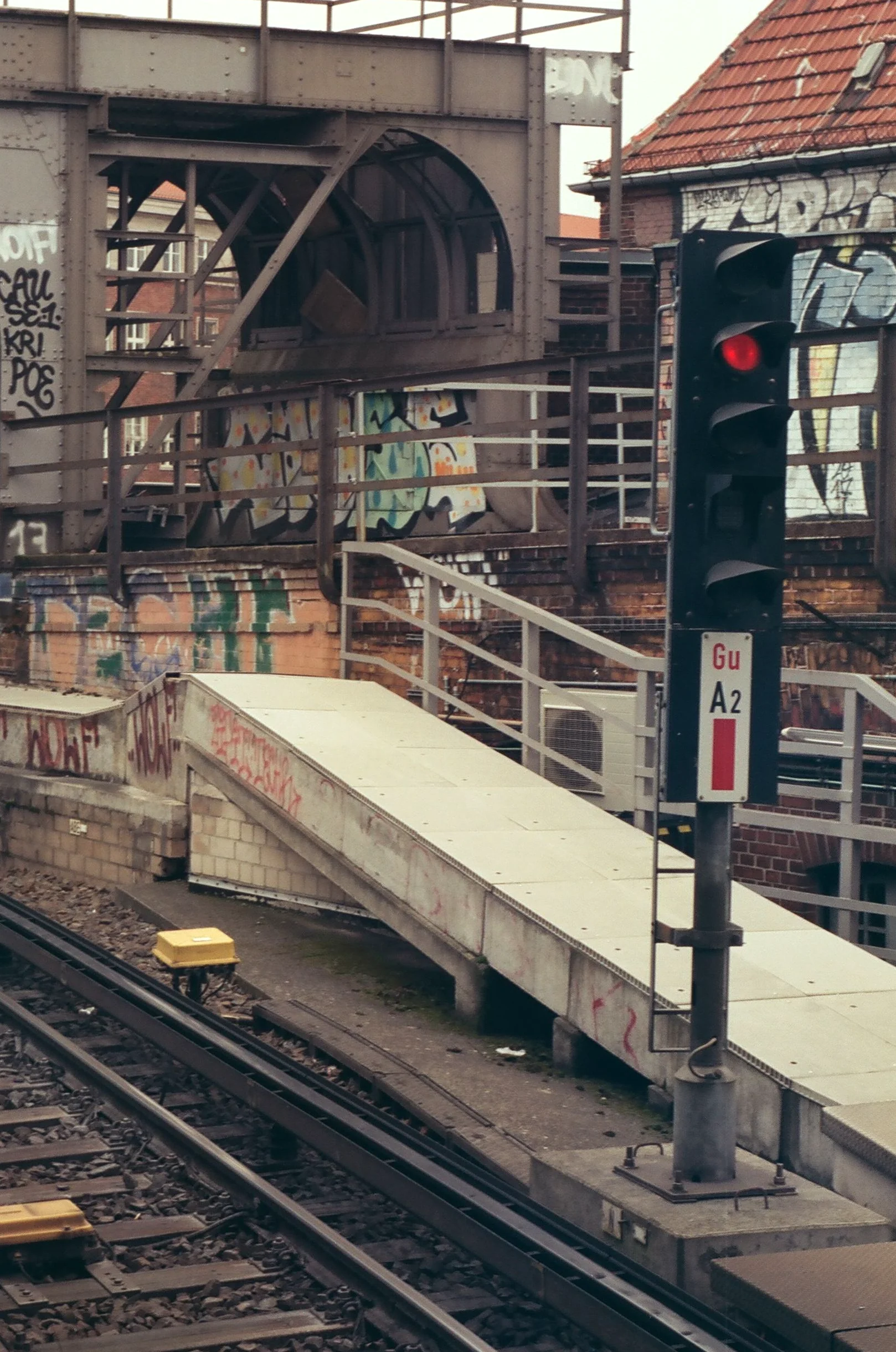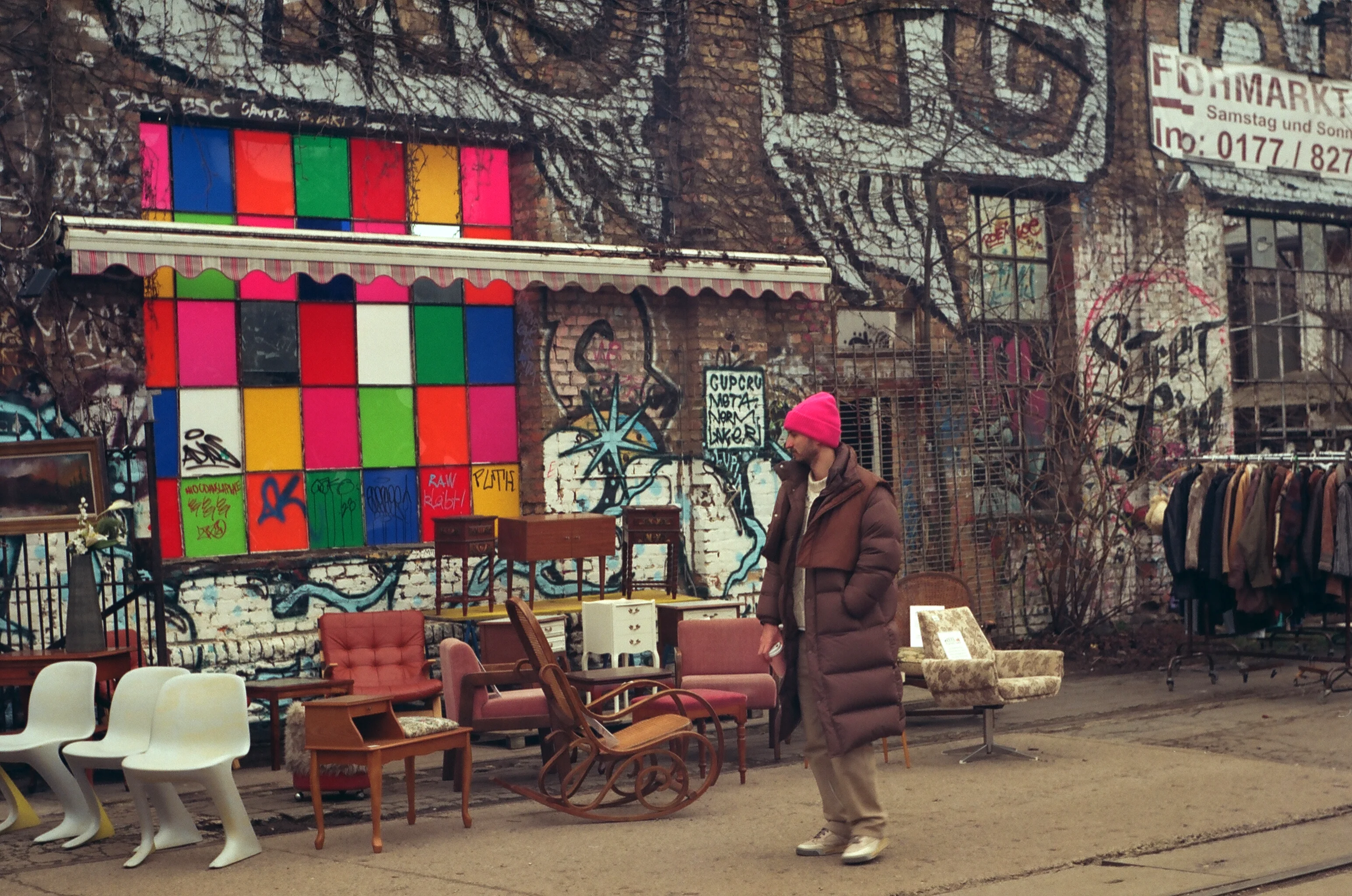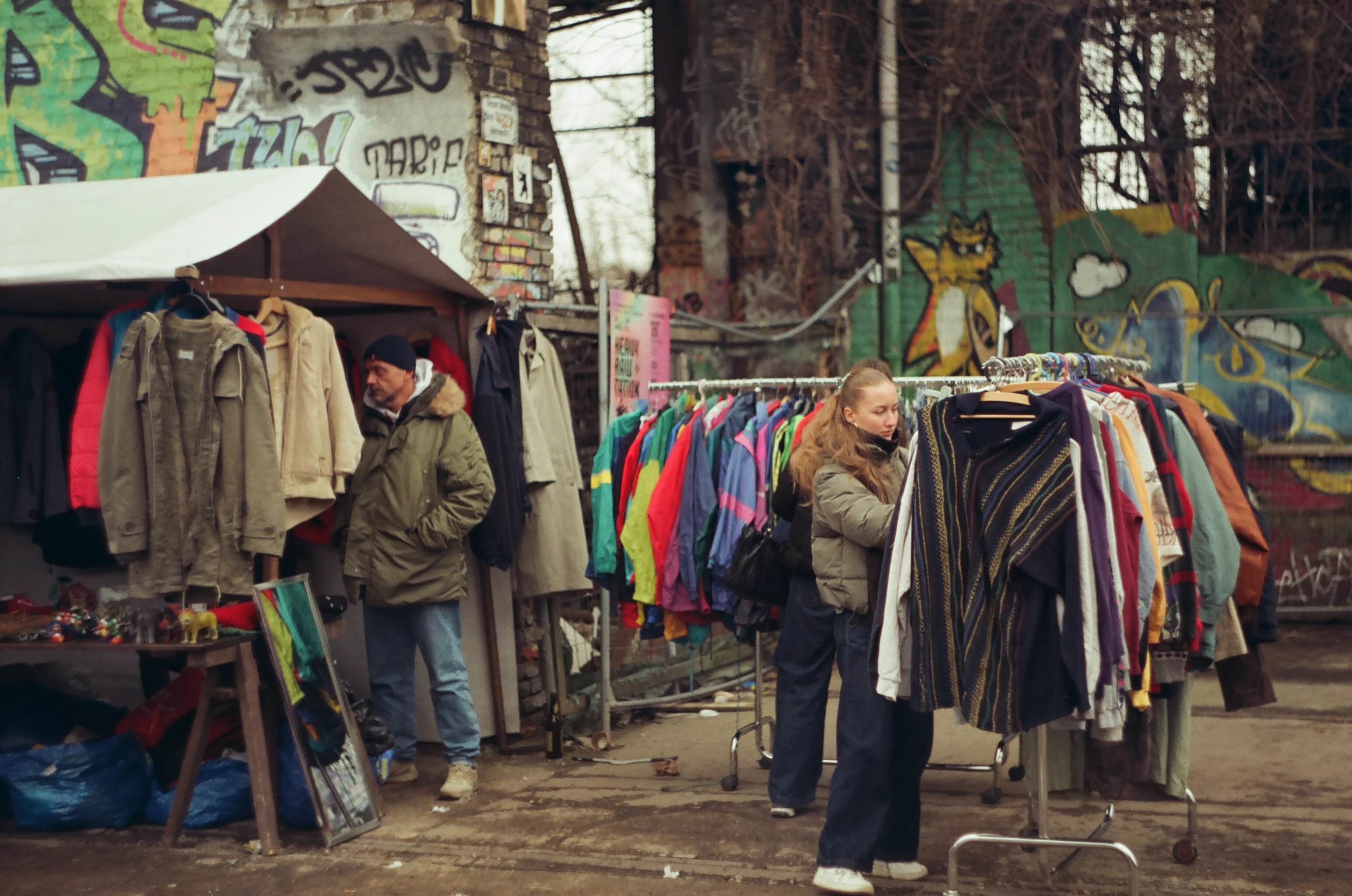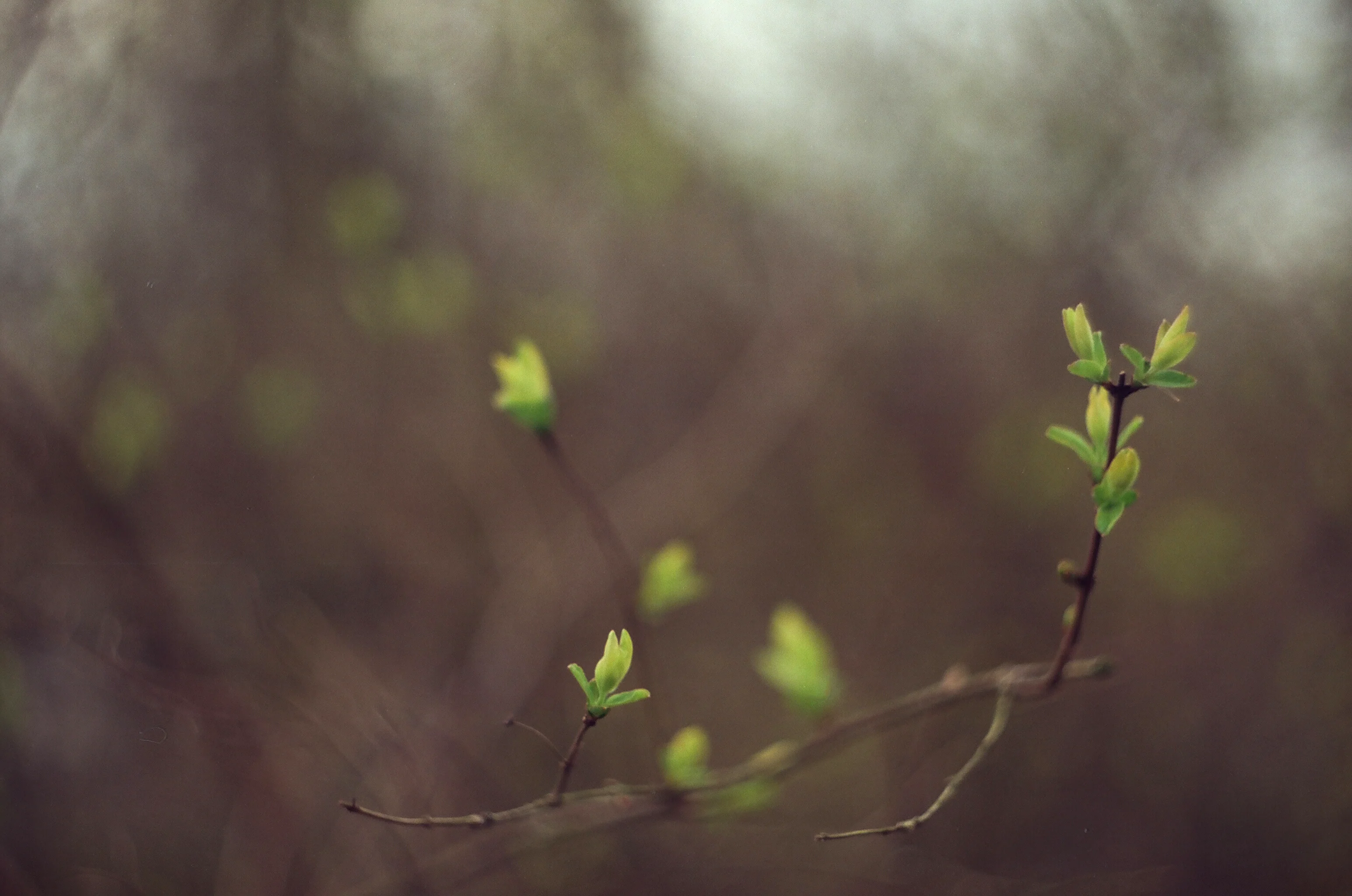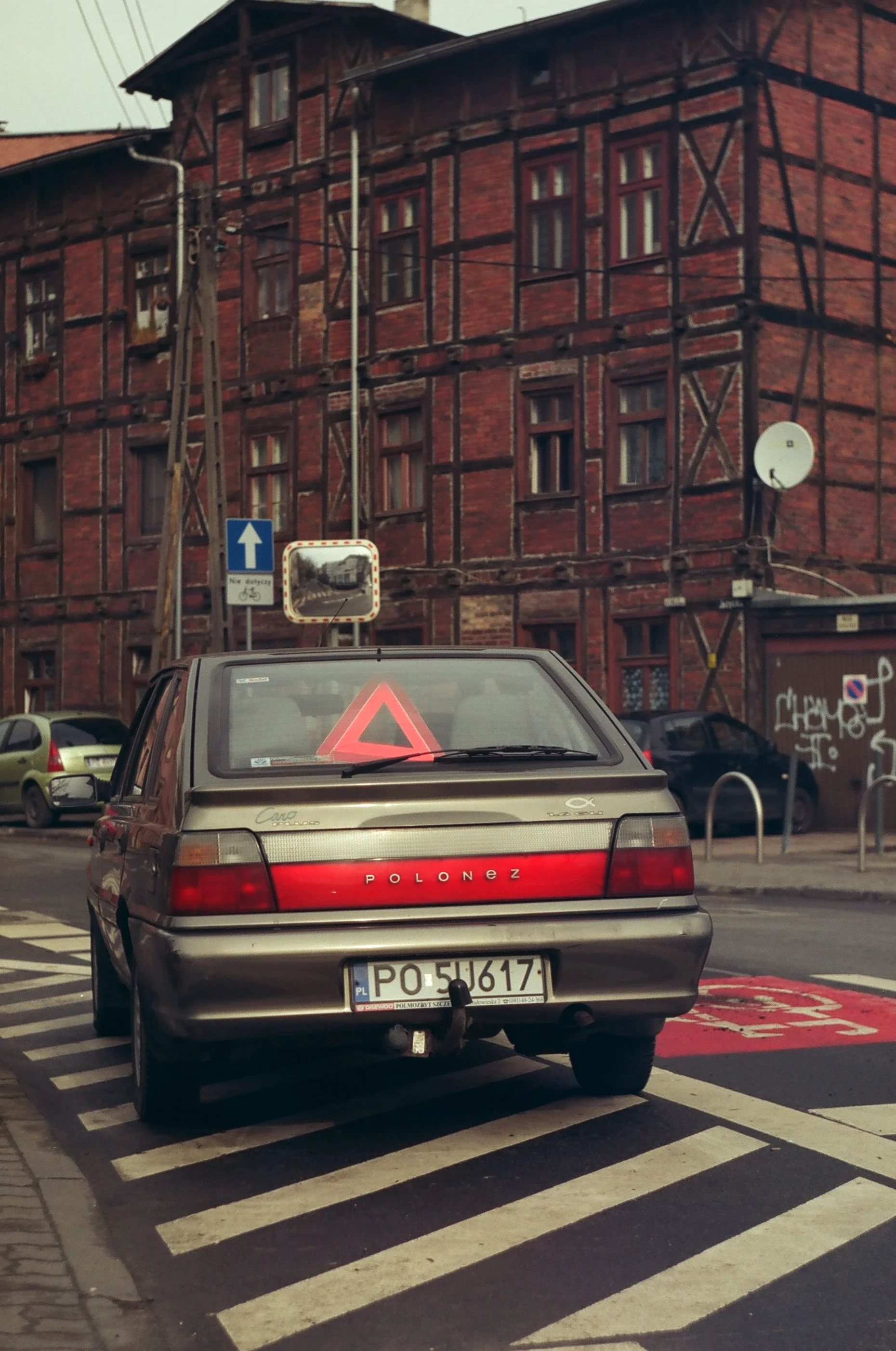Film photography is seeing a resurgence in popularity. The prices of cameras and film are going up, so is the number of people interested in the hobby.
With the barrier to entry for digital photography being at an all time low, or rather there being no barriers at all as most people have smartphones with very good cameras, why are they returning to this seemingly ancient method of capturing memories?
Progress in technology is about making everything more effortless, easier and higher quality. When it comes to photography, however, it seems like many people want the exact opposite.
You can’t spray and pray
I’ve had the privilige of shooting some of the best digital cameras on the market and the results, from the technical side, are incredible - the photos definitely look great. But they don’t feel that way.
The process of taking a photo with a film camera is totally different from the digital equivalent.
You only have 24 or 36 exposures per roll with 35mm film and it’s impossible to shoot rapid-fire.
In comparison, many digital cameras allow taking photos at 10 frames per second, and the top shelf ones can do over 30 and have virtually unlimited storage.
I have many photos taken with digital cameras on my hard drive that I still haven’t gone through; I used to shoot in bursts, so instead of having one photo per scene, I have dozens and I just can’t force myself to look through them all and pick the best ones.
The more thought and time you put into taking a photo, the more it will likely mean to you.
The waiting game
With film, you obviously can’t see the pictures right away. This can be a good and a bad thing. The downside is that after taking a few photos you can’t wait to see, you may be tempted to finish the roll as quickly as possbile, putting less thought into the subsequent shots and ending up wasting half of it.
But if you resist that urge (or even if you don’t, frankly), seeing the negatives, scans and prints of your first roll will be a magical experience. The smile just wouldn’t come off my face for hours after I got my photos back from the lab.
Grain
There are many opinions about what makes film grain look pleasant and digital grain ugly. Some say the former is texture while the latter is just noise. Others think it’s about the differences in arrangement between grains and pixels. Regardless of who is right, film grain is something so desirable that the majority of photo editing software have a feature to add it artificially.
With film there’s a huge variety in this aspect. Some brands are known for more pronounced grain, others are barely distinguishable from digital photos. There are obviously lots of options in between. The development process and choice of chemicals used also affect how grainy the end result will be. It’s a lot of fun to test out different film stocks and decide what grain structure you like best and what suits different kinds of photography.
You don’t need an old-looking camera
They look cool, are built to last and simply fun to use. If you want one, get one, but you can get something a lot more modern and capable for much cheaper.
The price hikes on analog gear aren’t as ridiculous when you look at cameras from the 90’s because, well, hipsters don’t want something that looks exactly like a modern DSLR. The looks aren’t the only similarity; they have most of the features you’d expect from a modern camera - auto focus, exposure adjustment, shutter and aperture priority, and the list goes on. They also have automatic film winding, frame counter and film ISO detection thanks to DX codes.
Cameras like the Canon 500N, Nikon F60 and the like are great pieces of kit and can be found for around 50€.
If you want something more compact, you can look into the Olympus Trip series. I’m no expert when it comes to photo gear but there’s plenty of information online. Just don’t get caught up in the vintage look trap.
Also, don’t take photos of only old and dilapidated things. I can’t resist the urge of photographing cemetaries with B&W film but that’s not the only thing I do.
How it started for me
I wanted to get my hands on an analog camera for at least a few years but only recently did I decide to stop finding new excuses to put it off further and bought a Praktica MTL 5B - an East German SLR from the late 80s.
At that point I had already ditched my smartphone (in the near future I might reconsider that decision, the sole reason being the need for secure messaging on the go; that’s a topic for a different post, perhaps) but I still wanted to have the ability to take photos, so it was the perfect time to dive in.
I had no previous experience shooting film but was lucky enough to have been able to shoot professional digital cameras in the past so I was already familiar with ISO, aperture and shutter speed.
Still, I didn’t know whether the camera was fully working and I didn’t trust myself to get the exposure right, so for the first roll I picked up the cheapest stuff I could get my hands on - Fomapan 400, a classic B&W film.
Fomapan 400 is quite a controversial film. It’s very grainy and has a distinct character to it. But it only costs around 6€ (if you buy it from someone who gets bulk rolls and loads the film into 35mm casettes, you can get it for as low as 4€ per 36 exposures). It’s also sold under different names, such as Arista EDU. If you’re just getting your feet wet, do as I did and start with the cheapest film you can find.
I shot it at box speed but it seems like the optimal ISO for this film is 200 (or my light meter is inaccurate); that’s why most of my photos came out underexposed. Nevertheless, the photos that were correctly exposed came out really well.
Alright, at that point I knew the camera was working fine and wanted to shoot some color film which, as opposed to monochromatic film, is only manufactured by a few companies, the two most popular being Kodak and Fujifilm.
The cheapest color films on the market are Fuji Superia X-Tra 400 and Kodak Ultramax 400; they both cost around 13€. I’m not a big fan of the golden Kodak look, so I went with Fuji.
This time all photos came out alright. I’m still amazed by the vibrancy of colors, even though most of the roll was shot on overcast days.
I purposefully overexposed the entire roll by one stop. Fuji films are known for having a green tint in the shadows when underexposed (or when a lazy lab scans it on a Kodak preset) and I don’t fully trust the light meter in a 40-year-old camera. Luckily, negative film can usually take one or two stops of overexposure and around one stop of underexposure but it’s always better to slightly overexpose than underexpose - in this case it’s the opposite of digital photography. Some shots were blurry but that’s my fault; I either shot at a low shutter speed and moved my hand, opened up the aperture too much, or my focus was slightly off the mark.
All in all, I think my results were pretty good considering these are the first two rolls I’ve ever shot. Anyways, technical perfection is hardly the most important thing in amateur photography.
Down the rabbit hole
With analog photography there’s never an end to new things to learn. You can:
-
develop film yourself
-
experiment with alternative development processes, like caffenol
-
scan your own negatives
-
make darkroom prints
-
shoot positive (slide) film
-
photograph at night (you’ll need to take reciprocity failure into account)
-
move on from 35mm to medium or large format
Fun fact: digital full frame sensors are 35mm in size only because that was (and is) the most popular film format.
And these are only a few examples.
I’ll probably stick to comfy 35mm and having color film developed by a lab but I might try developing B&W rolls myself in the near future.
Film photography can be as easy or as difficult, as cheap or as expensive as you want it to be.
If you’re really unsure, you can always buy a disposable camera (Kodak, Fujifilm and Ilford make them and there are probably more options I don’t know about) for 15 bucks to see if you like it.
Just keep in mind that photo quality is gonna be meh and don’t make buying these a habit for the environment’s sake.
Go out, shoot film, and remember that technical perfection doesn’t matter as much as simply capturing memories and enjoying the hobby (unless you want it to).

